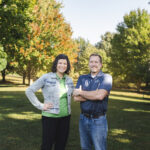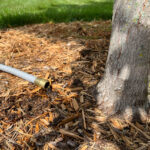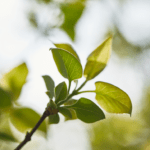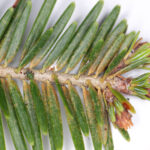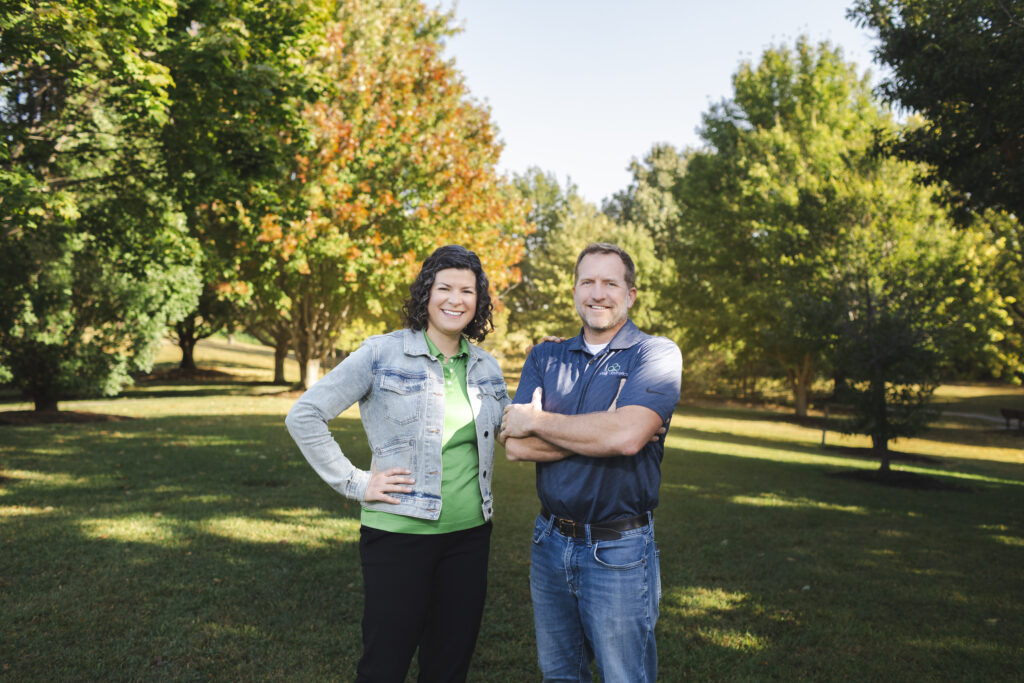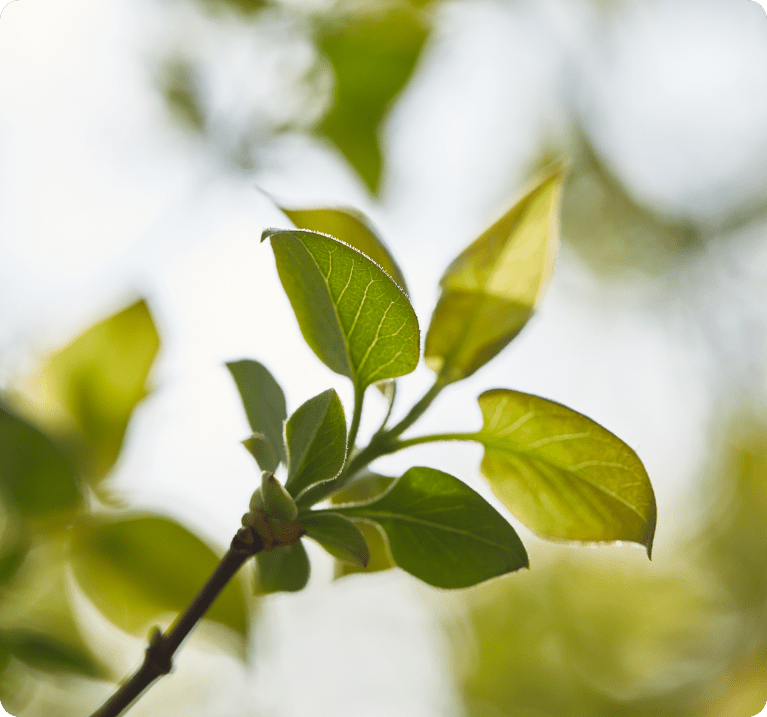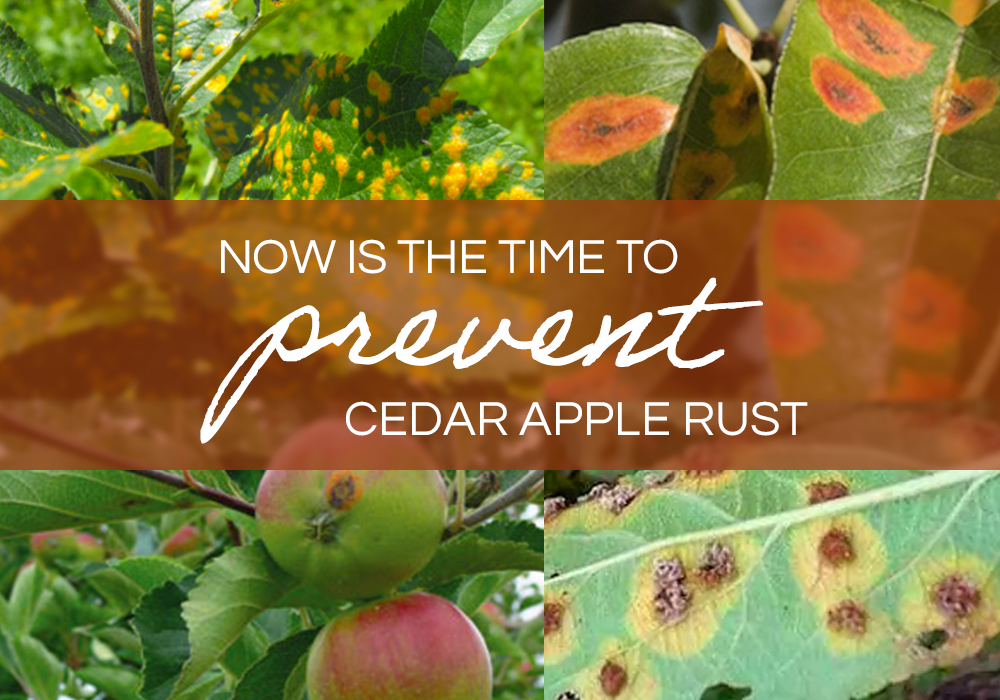
What trees are at risk for Cedar Apple Rust?
Apple, Crab Apple, Pear, Hawthorn, Serviceberry and other fruit trees. When a Pear, Juniper or Hawthorn tree are infected, the fungal disease is technically “Hawthorn-Pear Rust,” but the treatment regimen is the same.
What are the symptoms of Cedar Apple Rust?
Yellowish-orange colored lesions on the leaf, developing into darker spots in advanced stages. The infected leaves drop from the tree prematurely in the summer. Also look for lesions appearing on fruit later in the season.
How does Cedar Apple Rust harm my tree?
Because the infected leaves drop prematurely in the summer, the tree spends extra energy trying to replace the lost leaves. Repeated seasons of premature leaf-drop weaken the tree, making it susceptible to other diseases, and can eventually lead to its death.
Can Cedar Apple Rust be prevented?
Yes! We offer preventative spray treatments that begin in early March. They must be applied before the buds open, so don’t delay!
Where can I learn more about Cedar Apple Rust?
The University of Nebraska-Lincoln Extension has a detailed write-up here, including a list of disease resistant species.
